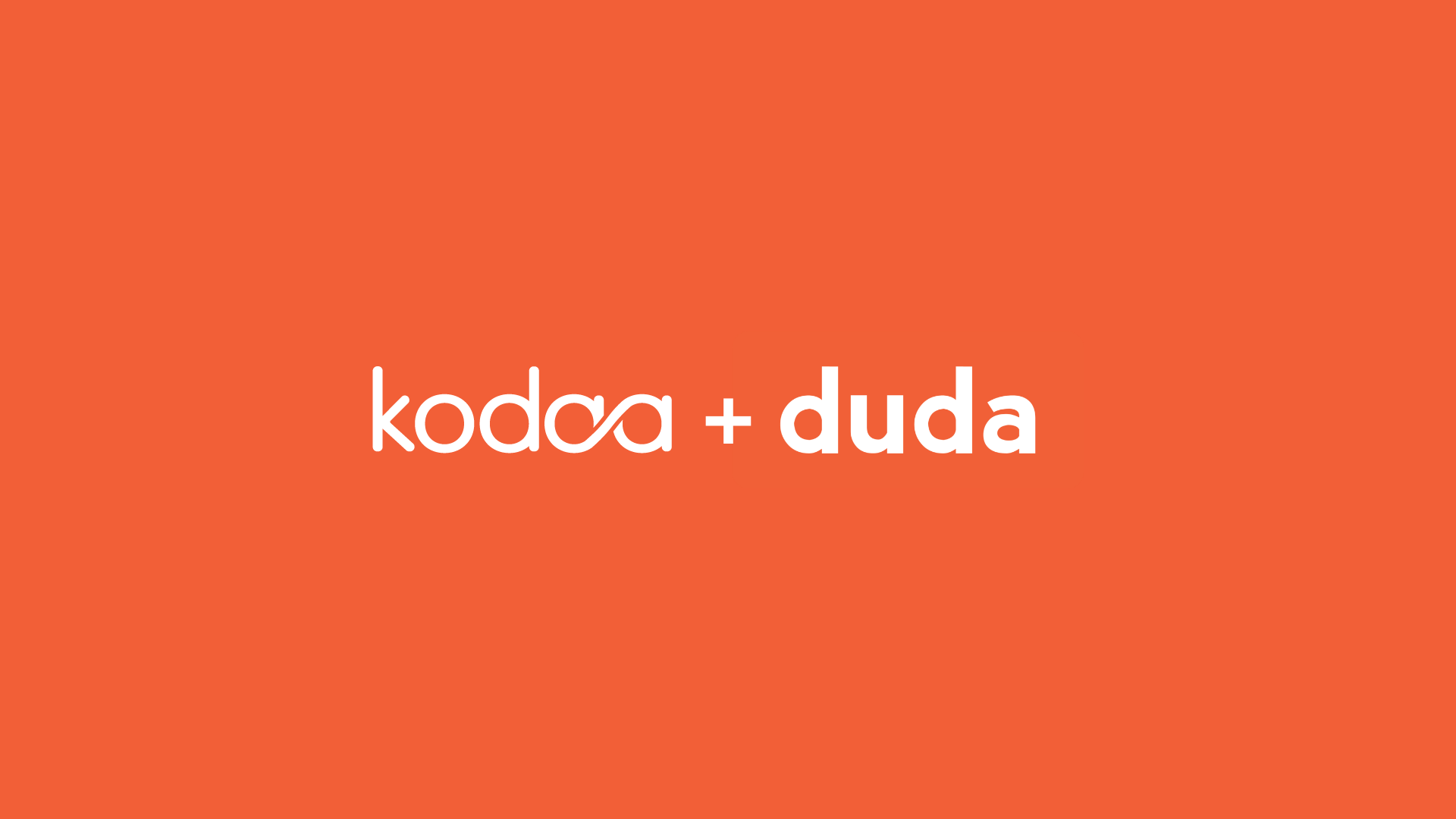All Rights Reserved
Navigating the world of product design can sometimes feel like learning a whole new language. From UX designers to website development, mobile app agencies to product experience, it's easy to get lost in the jargon. This is especially true when working with a UX or website agency that uses these terms daily.
Whether you're a budding mobile app designer, a website developer or someone looking to understand product design language better, this article is for you. First, let's decode some of the most commonly used terms in product design.
- A/B testing - This method compares two versions of a design element to determine which one performs better.
- Accessibility - The design of products, devices, services, or environments to be usable by as many people as possible, including those with disabilities.
- API - Stands for Application Programming Interface. It allows different software applications to communicate with each other.
- Backend - This is the part of the website or app that users do not see. It handles data processing and storage.
- Beta - A version of a product that is close to completion, often given to a select group of users for testing and feedback.
- CTA (Call To Action) - A design element that encourages users to take a specific action, like "Sign Up" or "Buy Now".
- Design system - A collection of standards for design and code along with components that unify both practices helping products get developed more quickly and easily.
- Discovery - The first phase in the design process where designers learn about the users, their needs, and the business goals.
- Frontend - This is the part of the website or app that users interact with. It involves everything from visuals to navigation.
- Heatmap - A visual representation of user interactions on your site, showing where users have clicked, scrolled, and moved.
- Hi-fidelity - A prototype that looks and functions similarly to the final product. It includes colours, typography, images, and animations.
- Hover state - The way a button or interactive element changes when a user's cursor hovers over it.
- Iconography - The visual images and symbols used in a design system.
- IA (Information Architecture) - The structure and organisation of information in a product or website.
- Interface - The point where the user interacts with a product or a system.
- Landing page - The first page a user sees when they visit a website, often designed with a specific goal in mind.
- Low-fidelity - A simple and often initial version of a design or prototype, focusing on function over aesthetics.
- MVP (Minimum Viable Product) - The simplest version of a product that still delivers value to the user.
- Navigation - How users move around a website or app through menus, buttons, and links.
- Personas - Hypothetical profiles of typical users, helping the design team understand the user's needs, goals, and behaviour.
- QA (Quality Assurance) - The process of checking that a product meets specified requirements and works as expected.
- Responsive - A design approach that ensures a website or app looks good on all devices, from mobile to desktop.
- Prototype - A product's draft version that lets you test your ideas and show what a feature or the overall design concept's intention is.
- Site map - A visual model of a website's content that allows the user to understand how the website is structured.
- Usability testing - A method of evaluating a product's user experience by testing it on users.
- Use case - A description of how users will use a particular product feature.
- UX (User Experience) - A user's overall experience while using a product, including its usability, accessibility, and efficiency.
- UI (User Interface) - The point of interaction between the user and a digital device or product — including the touchscreens, keyboards, and visual design.
- User Journey - The sequence of events encapsulating a user's interactions with a product or service.
- User flow - A visual representation of the different paths a user can take when interacting with a product or service.
- Wireframe - An essential visual guide used in interface design to suggest the structure of a website or app and the relationships between its pages.
These are just a few of the many terms used in the product design world. Knowing this jargon helps you understand what UX designers or mobile app agencies are talking about and empowers you to make more informed decisions regarding your product's design and development process.
Product design, UX, and website development are constantly evolving, and keeping up with the jargon can seem like a task. Don't worry; that's where we come in. At Kodaa, we're more than just a UX or mobile app agency. We're here to guide you through the intricacies of creating a phenomenal product experience that your users will love. To learn more about what we do and how we can help you turn your vision into reality, don't hesitate to
contact us to discuss your project.
Keep reading


Kodaa


